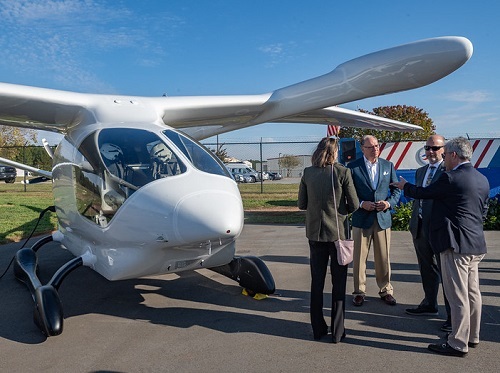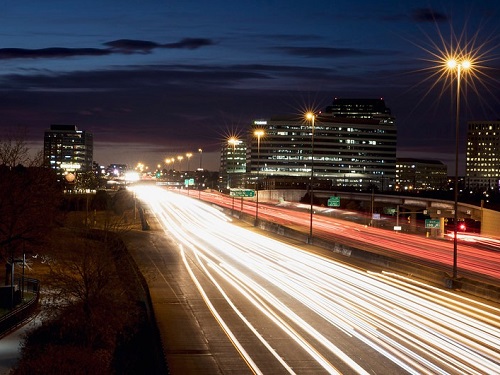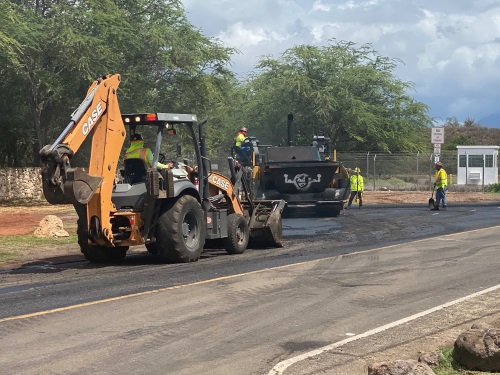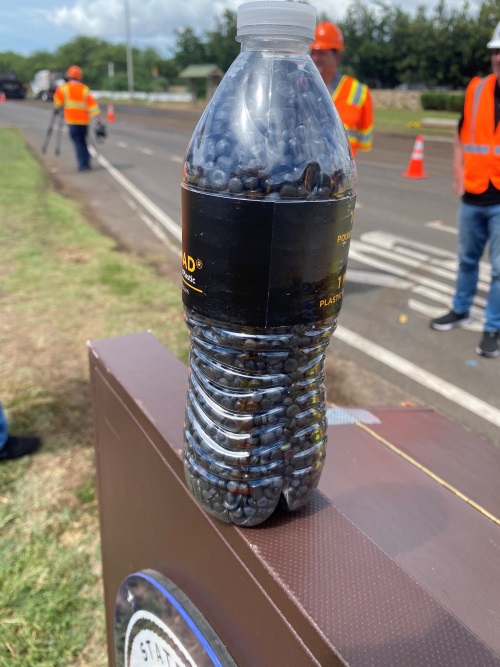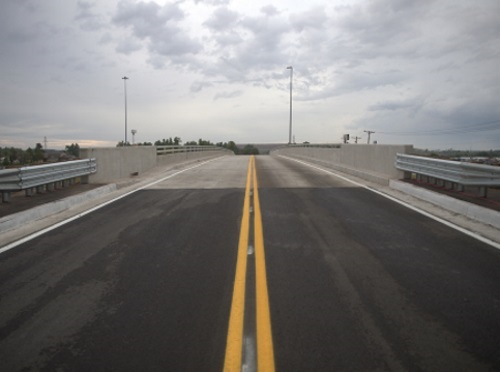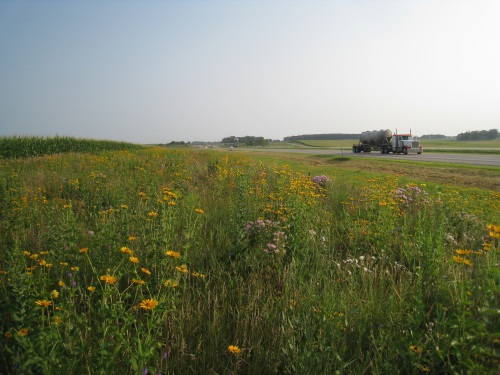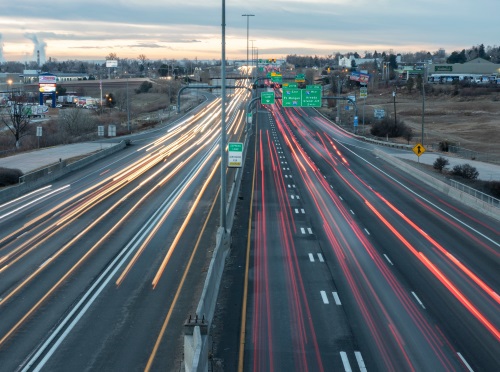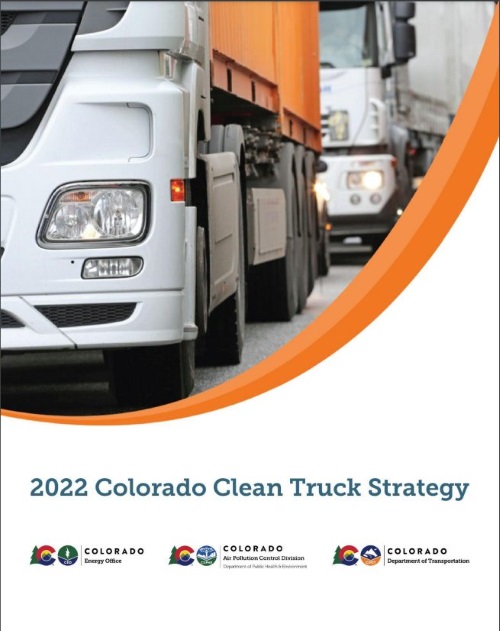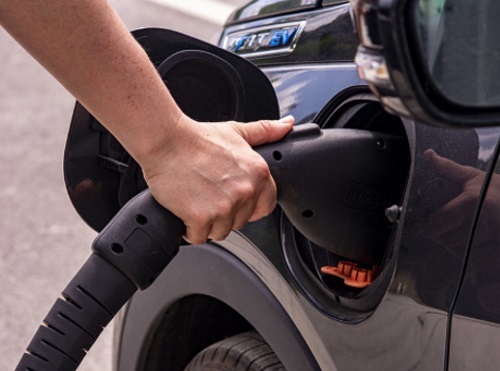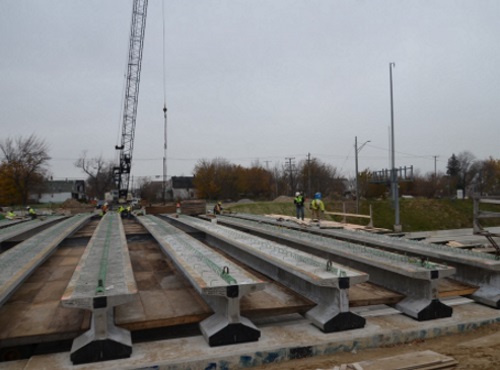The North Carolina Department of Transportation recently adopted a new traffic signal policy that aims to boost pedestrian safety.
[Above photo by NCDOT]
The new NCDOT policy states that, as new traffic signals are installed or existing ones are upgraded, they will be programmed with what is called a “leading pedestrian interval” or LPI. That technology is designed to give pedestrians a “head start” of three to seven seconds in marked crosswalks before motorists on the parallel direction get a green light. This interval allows pedestrians to better establish themselves in the crosswalk to drivers who must yield to them before making a left or right turn.
“This change makes pedestrians more visible for drivers,” explained Nick Zinser, NCDOT’s Western Region signals engineer, in a statement. “It’s a safety enhancement, and it can be done at a low cost by reprogramming the existing equipment at our traffic signals.”
[Editor’s note: A new study from the Insurance Institute for Highway Safety or IIHS indicates that, in areas with few streetlights, motorists are more than three times as likely to yield to pedestrians at illuminated crosswalks versus non-lighted ones.]
LPI use is already common in the downtowns of the state’s largest cities of Charlotte and Raleigh, but NCDOT is working to add this feature at all signalized pedestrian crossings statewide. The agency added that North Carolina has over 3,500 intersections that have signalized pedestrian crossings.
Since making this policy change earlier this year, the department estimates 20 percent of those intersections now have a leading pedestrian interval for improved safety.
Going forward, the department and its municipal partners will continue to increase the number of locations with leading pedestrian interval capabilities, NCDOT said.
State departments of transportation across the country have been making similar pedestrian- and bicycle-themed safety improvements with enhanced or brand new active transportation policies introduced over the last few years.
For example, the Texas Department of Transportation is developing a Statewide Active Transportation Plan or SATP to gather recommendations for improving bicycling, walking, and rolling conditions across the Lone Star state.
In May, the Utah Department of Transportation issued nearly $95 million to support 19 trail projects – including the construction of new paved trails as well as funding for planning efforts to fill in existing trail gaps – as part of creating a regional “Utah Trail Network” across the state.
The Kansas Department of Transportation unveiled a revised active transportation plan in May 2023 to boost walking, bicycling, safe wheelchair use, skateboarding, and non-motorized vehicle mobility options across the state.
The Oklahoma Department of Transportation also began working on its first-ever active transportation plan in 2023 – a policy toolkit the agency said can be used internally and by Oklahoma counties and towns as engineers and designers look to develop more people-friendly infrastructure.
Meanwhile, the Washington State Department of Transportation unveiled a formal Active Transportation Plan in December 2021 – a plan that subsequently won the 2022 America’s Transportation Awards contest’s “People’s Choice Award.”


